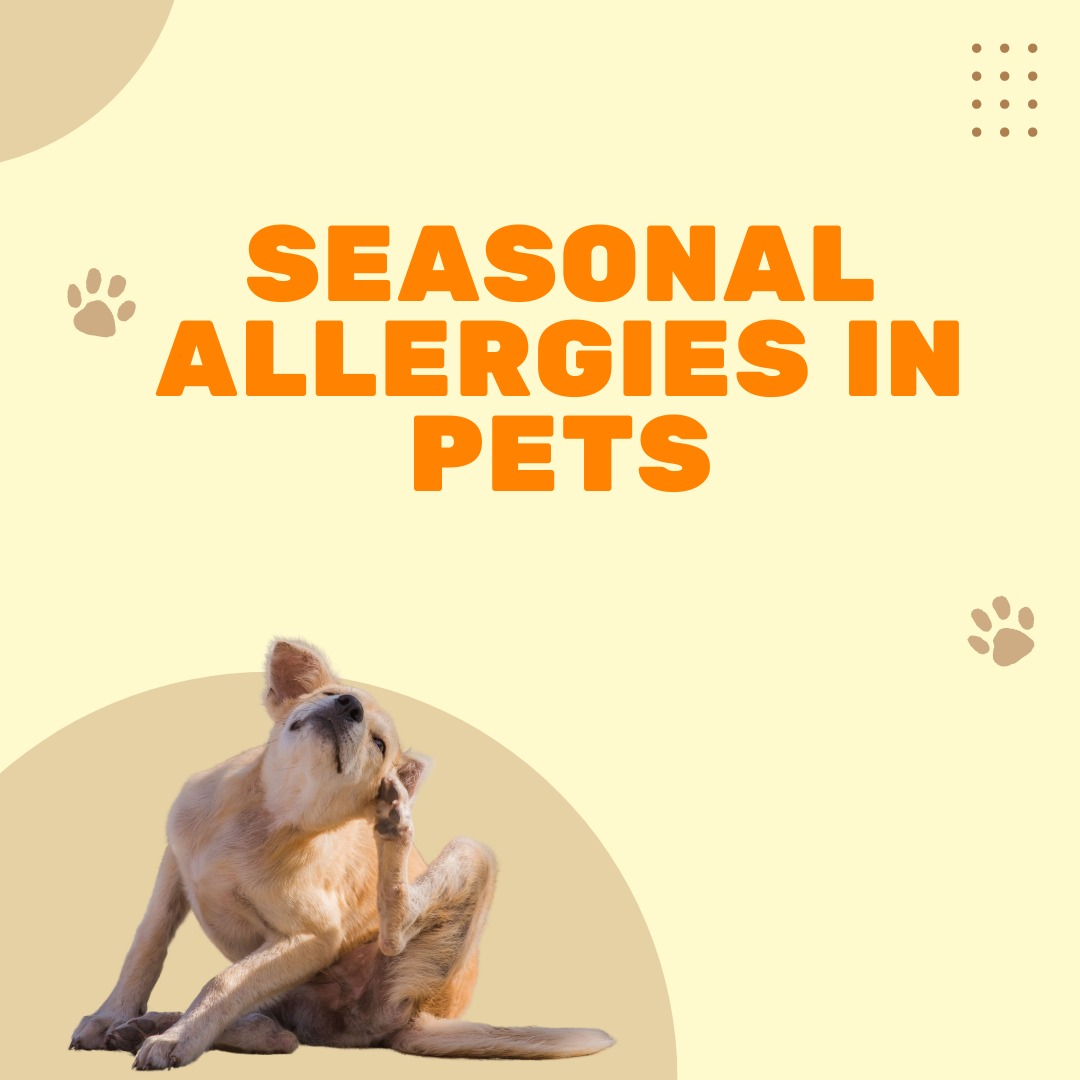Pet Safety
Grass Seeds in Dogs: A Hidden Hazard Every Pet Owner Should Know
Did you know that a tiny grass seed can cause serious health problems for your dog? While they may look harmless, grass seeds—especially from wild grasses like foxtail—can be incredibly dangerous, potentially requiring emergency surgery if not treated promptly.
About the Author
Veterinary Professional
With 8 years of experience in veterinary medicine, specializing in pet emergency care and surgical procedures.
What Are Grass Seeds?
Grass seeds, also known as awns or foxtails, are small, spike-shaped parts of certain grass plants that help with seed dispersal. During late spring and summer, these seeds dry out and become brittle, making them more likely to detach and stick to anything that passes by—including your dog.
The barbed shape of grass seeds makes them uniquely hazardous as they easily penetrate skin and don't dissolve or break down once inside the body.
Warning Signs of Grass Seed Injury
Limping or excessive paw licking
Head shaking or ear scratching
Sneezing or nasal discharge
Red, swollen areas on skin
Sudden swelling or pain
Eye discharge or squinting
⚡ If your dog shows any of these signs after walking in tall grass, seek veterinary attention immediately.
High-Risk Body Areas
Paws
Between the toes and paw pads
Ears
Especially in breeds with floppy ears
Eyes
Causing redness, squinting, or discharge
Nose
Leading to sneezing or nasal bleeding
Skin folds
Underarms, groin, and chest areas
How to Prevent Grass Seed Injuries
Post-walk inspections
Check paws, ears, and underarms thoroughly after every walk
Regular grooming
Especially important for long or curly-haired dogs
Avoid high-risk areas
Stay away from tall dry grass, particularly in summer
Protective gear
Use dog boots or body suits for sensitive dogs during hikes
⚠️ What to Do If You Suspect a Grass Seed Problem
- Never try to remove a deeply embedded seed yourself
- Don't attempt removal from sensitive areas like ears or eyes
- Contact your vet immediately—early intervention prevents complications
- Your vet may need sedation to safely remove the seed
- Professional assessment can identify internal damage
Why Are Grass Seeds So Dangerous?
Sharp and barbed: They easily penetrate skin and fur
Non-biodegradable: They don't dissolve or break down inside the body
Migratory: They can travel internally, causing deep infections
Hidden danger: Left untreated, they can cause abscesses, tissue damage, or organ complications
Emergency Vet Care at Your Home
Grass seed emergencies require immediate attention. Our mobile vet service can assess your dog at home, provide emergency treatment, and perform safe removal procedures without the stress of clinic visits—especially important when your pet is already in pain or distress.
Suspect a Grass Seed Problem?
Don't wait—contact our emergency mobile vet service immediately.
🏠 Quick Prevention Checklist
- Check your dog after every walk in grassy areas
- Pay special attention to paws, ears, and skin folds
- Keep grass in your garden short during summer months
- Consider alternative walking routes during peak grass seed season
- Book regular grooming sessions for long-haired breeds
This article is for informational purposes only. Grass seed injuries require immediate veterinary attention. Always consult with your veterinarian for emergency care and personalized advice regarding your pet's health needs.

